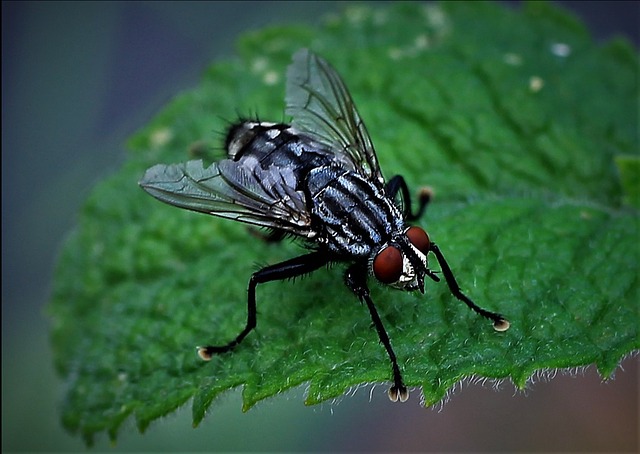Understanding ant behavior and identifying their habitats is crucial for effective, non-invasive pest control. Ants form complex colonies with specialized roles, using pheromones for communication and navigation, making them resistant to traditional methods. Targeted strategies focus on disrupting ant trails by recognizing preferred environments like warm, humid areas. This approach allows the use of natural repellents, baits, or organic insecticides, providing an eco-friendly alternative to toxic chemicals. Non-invasive ant control benefits homeowners and businesses, leveraging natural predators, biological agents, and organic repellents. Simple DIY methods include sealing entry points, maintaining cleanliness, using natural repellents, and trimming plants. Professional pest control is recommended for severe infestations, utilizing specialized knowledge and tools for complete elimination.
Ants can quickly turn into a household nuisance, but traditional pest control methods often involve harmful chemicals. Luckily, non-invasive ant control offers a safer and more environmentally friendly alternative. This comprehensive guide explores effective strategies to manage and prevent ant infestations without resorting to toxic chemicals. From understanding ant behaviors to DIY techniques, we cover everything you need to know about non-chemical pest control for ants, helping you create a comfortable and ant-free living space.
Understanding Ant Behaviors and Habitats
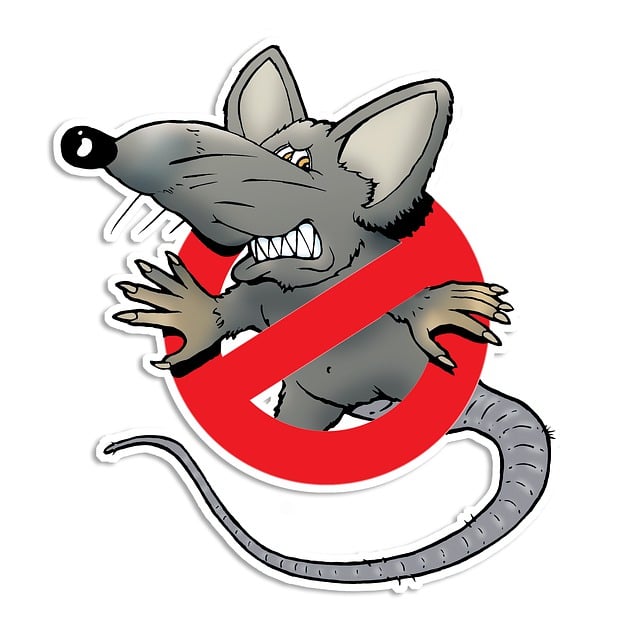
Understanding ant behaviors is a crucial step in effective non-invasive ant control. Ants are highly organized and efficient creatures, forming complex colonies with distinct roles for each member. They communicate through pheromones, leaving scent trails to guide fellow ants to food sources. This intelligent behavior makes them difficult to eliminate, as their extensive networking can quickly replenish the colony after treatment.
Ant habitats play a significant role in pest control for ants. They prefer warm and humid environments, often seeking shelter in cracks, crevices, or moist areas. Common ant habitats include kitchens, bathrooms, and outdoor spaces with excessive vegetation. Identifying these areas is essential when implementing non-invasive methods, as it allows for targeted treatments using natural repellents, baits, or organic insecticides to disrupt their trails and discourage infestations without harmful chemicals.
Traditional vs Non-Invasive Ant Control Methods
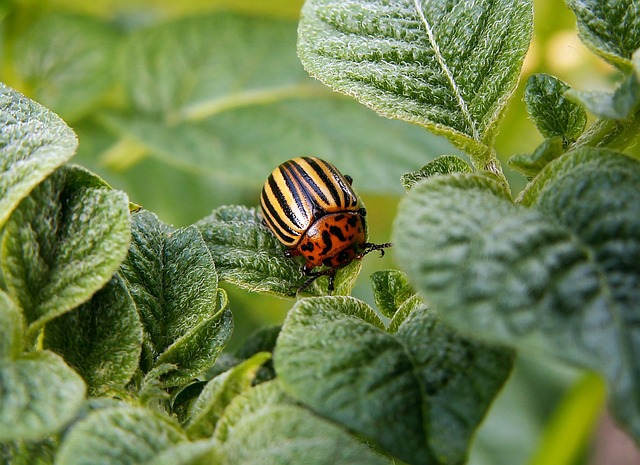
Traditional ant control often involves toxic chemicals, which can be harmful to both the environment and non-target species, including pets and beneficial insects. These methods typically include spraying insecticides or leaving out bait traps, which can lead to long-term resistance in ant populations if not used judiciously.
Non-invasive ant control, on the other hand, emphasizes eco-friendly solutions that target ants specifically without causing widespread ecological damage. This approach leverages natural predators, biological agents, and organic repellents. By understanding ant behavior and utilizing targeted strategies, non-invasive methods offer a safer, more sustainable alternative to conventional pest control for ants.
Benefits of Opting for Non-Invasive Pest Control
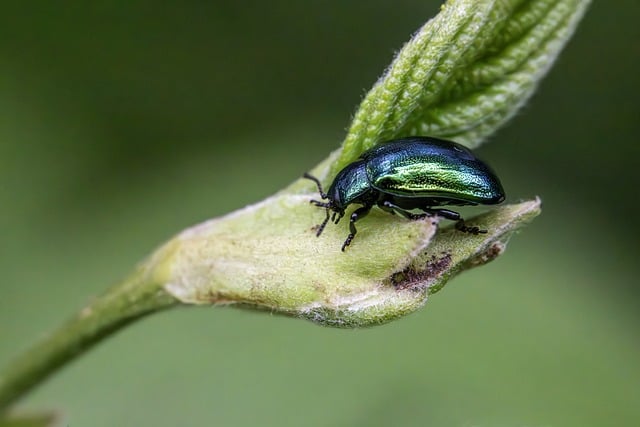
Opting for non-invasive ant control methods offers a multitude of benefits, especially for homeowners and businesses that value eco-friendly and safe pest management. Unlike traditional chemical-heavy treatments, which can leave behind residues and potentially harm pets, children, and beneficial insects, non-invasive strategies focus on eliminating ants without causing adverse effects. These methods often involve using natural repellents, organic baits, and specialized equipment to target and control ant populations humanely.
One significant advantage is their effectiveness in reducing ant colonies over time while minimizing environmental impact. Non-invasive pest control for ants can be particularly useful in preserving biodiversity by avoiding the use of toxic chemicals that might disrupt ecosystems. Additionally, these methods allow for tailored treatments, addressing specific ant infestations without unnecessary application, making them cost-efficient and environmentally conscious choices for ant management.
Effective Non-Chemical Solutions for Ant Management
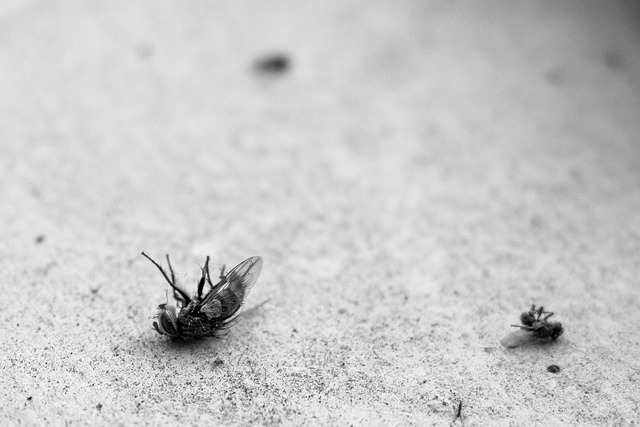
In the realm of ant management, non-chemical solutions offer a vibrant and bustling alternative to traditional pest control for ants. These methods prioritize safety and environmental harmony, ensuring that folks can live and work in a healthier, cleaner environment. Techniques such as sanitation, trap systems, and biological control agents like nematodes or fungi play a crucial role in navigating the intricate symphony of ant behavior. By targeting their food sources, using strategic traps, and introducing beneficial organisms, these non-chemical approaches effectively disrupt ant colonies without resorting to chemical treatments.
Delve into specific strategies such as sealing entry points, maintaining cleanliness, and utilizing natural repellents like citrus or peppermint oils. These simple yet powerful tactics empower individuals to take control of their spaces, fostering an indelible sense of security and peace of mind. In the context of modern pest management, non-chemical solutions are not just a trend but a game changer, revolutionizing the way we interact with and protect our environments from ant infestations.
DIY Non-Invasive Ant Prevention Techniques

Many homeowners prefer to tackle ant infestations using DIY methods that avoid the use of harsh chemicals, opting for non-invasive ant prevention techniques as a more humane and environmentally conscious approach to pest control for ants. A key first step is identifying where ants are entering your home—common entry points include cracks in foundations, gaps around doors and windows, and even up through the ground. Sealing these openings with caulk or weatherstripping can significantly deter ants from finding their way inside. Keeping your home clean and free of food debris is also crucial; ants are drawn to sweet and fatty substances, so wiping down surfaces and promptly cleaning up spills can make your home less appealing to them.
Another effective DIY strategy involves using natural repellents that ants find unpleasant. Lemon juice, vinegar, peppermint oil, and cinnamon are all known to repel ants naturally. Creating a solution of these ingredients and spraying it around entry points or leaving small bowls filled with the mixture in areas where ants have been spotted can help keep them at bay. Additionally, maintaining a lush landscape around your home by trimming back plants that grow directly against exterior walls or foundations can reduce the risk of ant infestations, as these areas provide easy access for ants seeking to enter homes.
When to Seek Professional Assistance for Ant Infestations
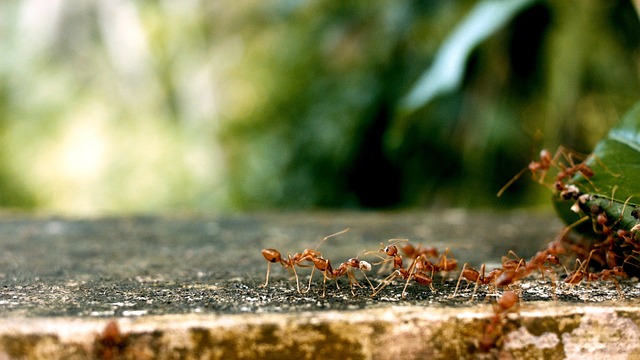
Ant infestations can quickly escalate, especially in warm climates or homes with poor sanitation. While some minor ant problems may be managed through home remedies and over-the-counter products, seeking professional assistance is crucial when ants have become a persistent and severe nuisance.
If you notice large numbers of ants consistently entering your home, visible trails leading to food sources, or signs of damage to wooden structures, it’s time to call in the experts. Pest control for ants often involves specialized knowledge and tools that professionals can offer more effectively than DIY methods. They will identify the specific ant species, locate their nests, and implement tailored strategies to eliminate the infestation at its source.
